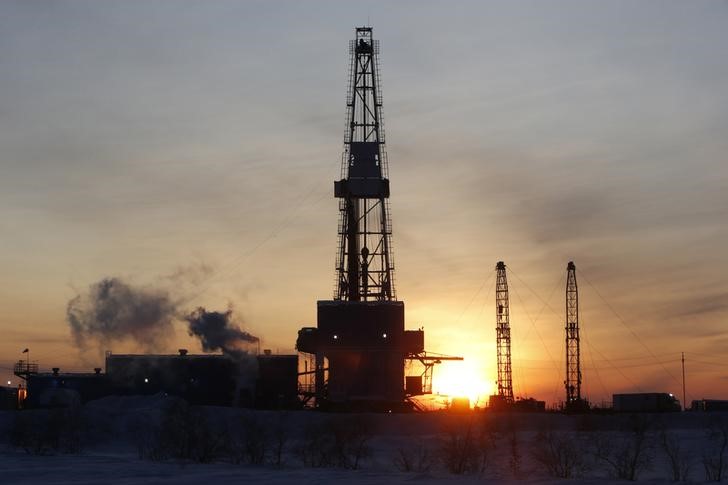By Ambar Warrick
Investing.com -- Oil prices rose on Tuesday, rebounding further from annual lows on the prospect of an extended outage in a key Canada-U.S. pipeline, although markets remained cautious ahead of U.S. inflation data and a Federal Reserve meeting due this week.
Easing COVID-19 curbs in major crude importer China also aided sentiment, albeit briefly, given that the country is also struggling with a record-high increase in infections.
Oil was largely supported by the prospect of tighter U.S. supplies due to an outage in the Keystone pipeline. Canada’s TC Energy Corp (TSX:TRP), which operates the pipeline, said it was uncertain over how long it would take to resume supplies following a major spill last week. The spill, which happened in Kansas and saw over 14,000 barrels of oil being leaked, was the largest U.S. oil spill in nearly a decade.
Analysts said that this could spur further draws from U.S. inventories, which is likely to tighten supply in the near-term.
Brent oil futures rose 0.5% to $78.47 a barrel in early Asian trade, while West Texas Intermediate futures rose 0.7% to $73.70 a barrel. Both contracts surged nearly 3% on Monday, after slumping to a one-year low last week.
Uncertainty over a global recession, weak Chinese demand, and a smaller-than-expected price cap on Russian oil battered crude prices over the past two weeks. Sentiment towards crude was also dented by the Organization of Petroleum Exporting Countries keeping supply steady during its last meeting for the year, disappointing investors hoping for more production cuts.
Focus now turns to upcoming U.S. consumer inflation data, due at 08:30 ET (13:30 GMT), which is expected to factor into the country’s monetary policy for 2023. While the consumer price index is expected to have eased further in November from the prior month, markets are wary of any surprises to the upside, especially after the producer price index eased less than expected in the same month.
A stronger-than-expected reading could elicit a hawkish response from the Federal Reserve, which is in turn likely to see U.S. interest rates peak at higher levels. While the central bank is widely expected to hike rates by 50 basis points - a smaller margin - on Wednesday, it has warned that any stubbornness in inflation will see interest rates remain elevated through 2023.
A sharp rise in U.S. interest rates drove up concerns over a potential recession, which weighed heavily on crude markets this year. Softening economic indicators from across the globe strengthened this notion in recent months.
